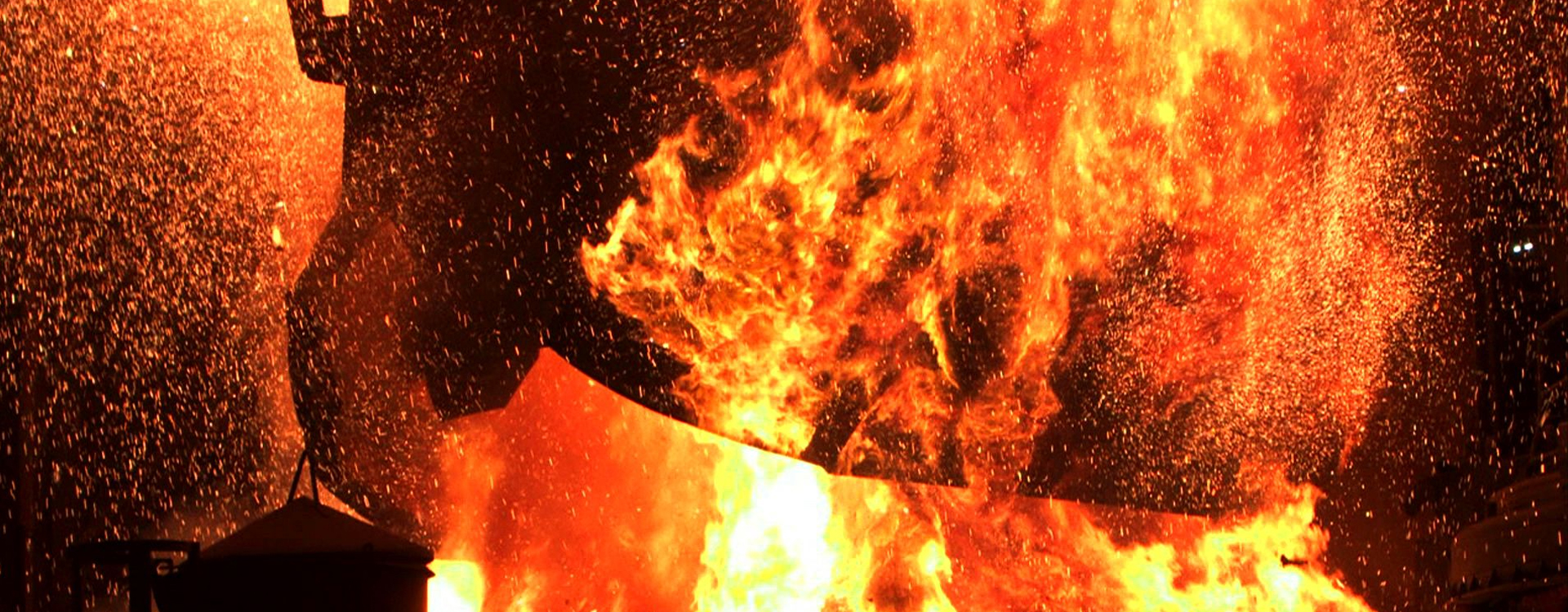Seminar Details
Cold metal transfer (CMT) welding of SS304L sheets were carried out at different heat inputs of 88, 116, 155 176 J/mm. The microstructure, mechanical and corrosion properties of the welded samples as a function of heat inputs have been investigated in the present study. The weld pool size was observed to be influenced by the heat input during CMT welding. The weld pool thickness got decreased and its width was increased with increasing the heat input. The heat affected zone (HAZ) was appeared to be absent in the welded samples at all conditions of welding. It was further observed that the base metal (BM) regions of the welds had austenite grains with significant twins microstructure whereas the fusion zones (FZ) consisted of fully dendritic structure. However, the FZ contained both austenite and ferrite (delta-ferrite) grains, and the delta-ferrites were appeared inside the austenite grains as well as along the dendritic arms. The fusion zones exhibited the highest micro-hardness values irrespective of the weld conditions. The tensile tests revealed that lower heat input specimens had increased tensile strengths as compare to welds with higher heat inputs. Further, the fractured surfaces were adorned with a uniform distribution of dimples, reflecting the consistent ductility across the welded samples. High residual stresses values were also observed in the weld with high heat input those with low heat inputs. The corrosion test on the welded joints revealed that high heat input specimens had the higher corrosion rate as compared to welds with low heat inputs. Further, the CMT welded sample exhibited a lower corrosion rate as compared to the base metal, i.e. the initial SS304L sample before subjected to welding. The increased strength and corrosion resistance of the welded samples may be attributed to the presence of delta-ferrites in the weld pools.



